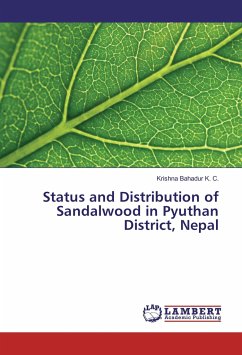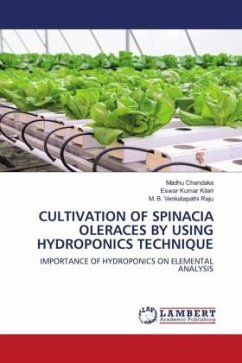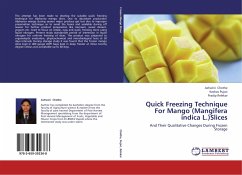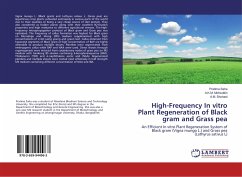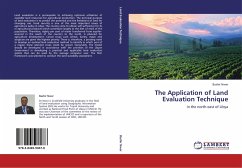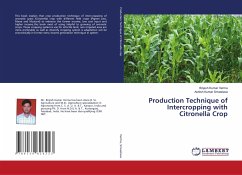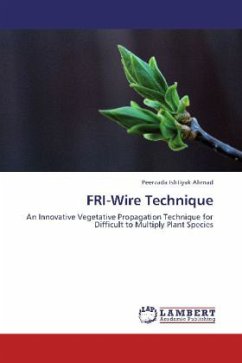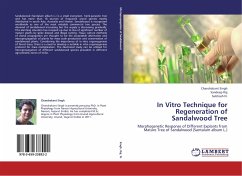
In Vitro Technique for Regeneration of Sandalwood Tree
Morphogenetic Response of Different Explants from Mature Tree of Sandalwood (Santalum album L.)
Versandkostenfrei!
Versandfertig in 6-10 Tagen
32,99 €
inkl. MwSt.

PAYBACK Punkte
16 °P sammeln!
Sandalwood (Santalum album L.) is a small evergreen, hemi-parasitic tree and has more than 18 sources of fragrance wood species mostly distributed in south Asia, Australia and Hawaii. Sandalwood is recognized worldwide as one of the most valuable commercial tree species. The demand of sandalwood increasing but the supply is decreasing gradually. This alarming situation has cropped up due to loss of significant number of mature plants by spike disease and illegal cutting. Tissue culture methods of clonal propagation are thought to be the acceptable alternative and micropropagation of plants for...
Sandalwood (Santalum album L.) is a small evergreen, hemi-parasitic tree and has more than 18 sources of fragrance wood species mostly distributed in south Asia, Australia and Hawaii. Sandalwood is recognized worldwide as one of the most valuable commercial tree species. The demand of sandalwood increasing but the supply is decreasing gradually. This alarming situation has cropped up due to loss of significant number of mature plants by spike disease and illegal cutting. Tissue culture methods of clonal propagation are thought to be the acceptable alternative and micropropagation of plants for mass scale production and conservation of sandalwood plants. Considering the importance of in vitro organogenesis of forest trees, there is a need to develop a suitable in vitro organogenesis protocol for mass multiplication. The illustrated study can be utilized for micropropogation of different sandalwood species prevalent in different agroclimatic zones of India.



